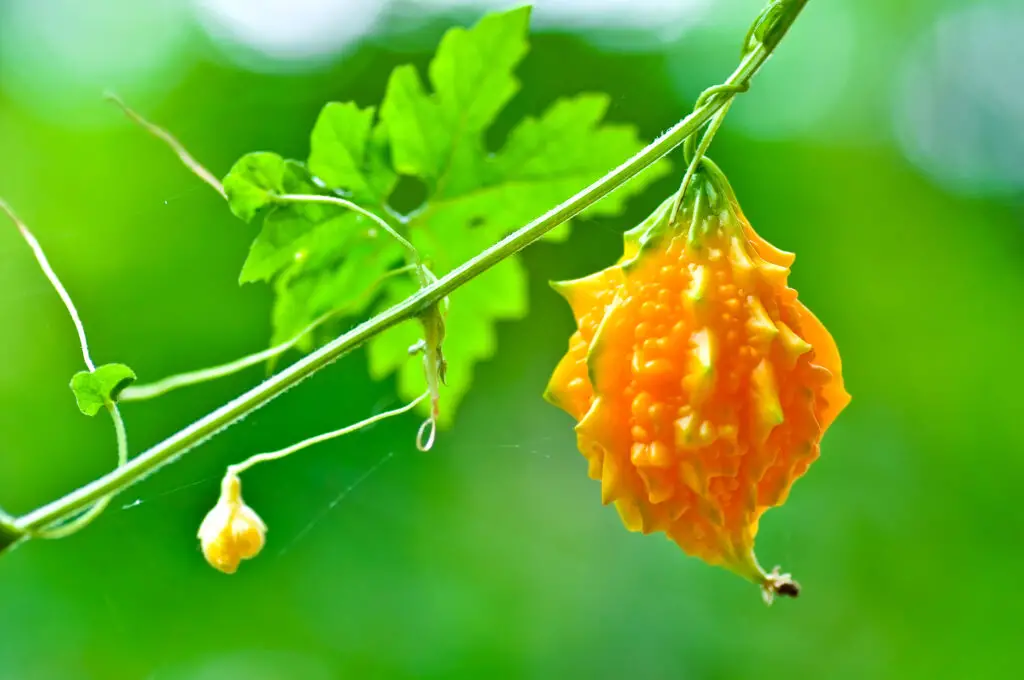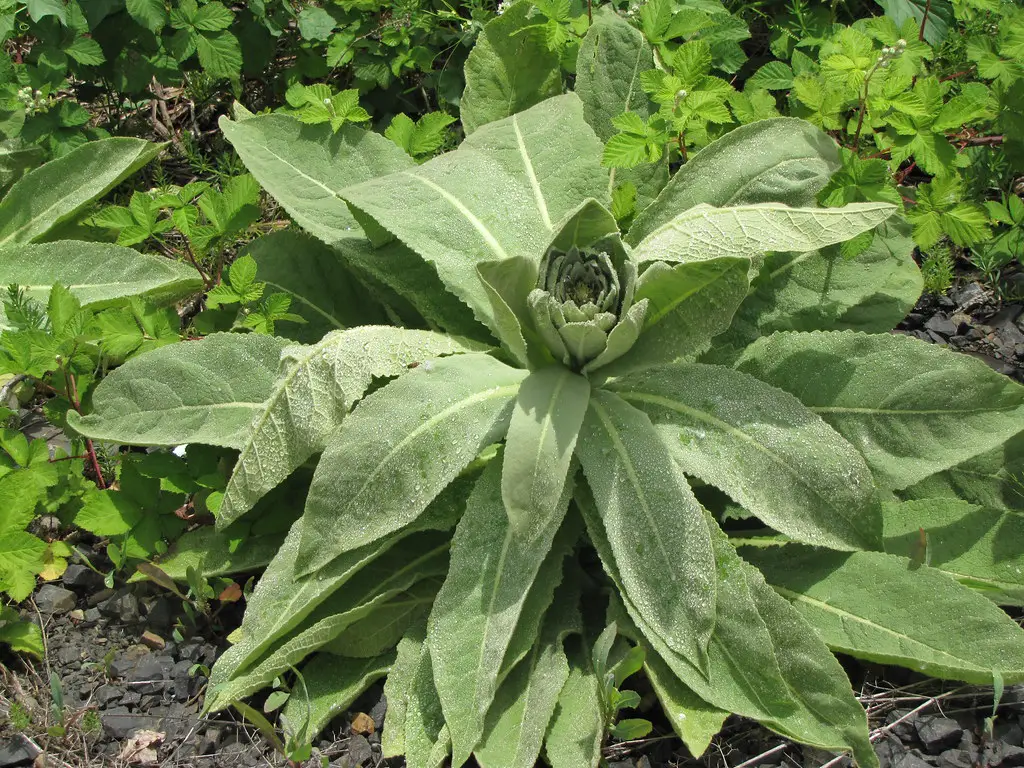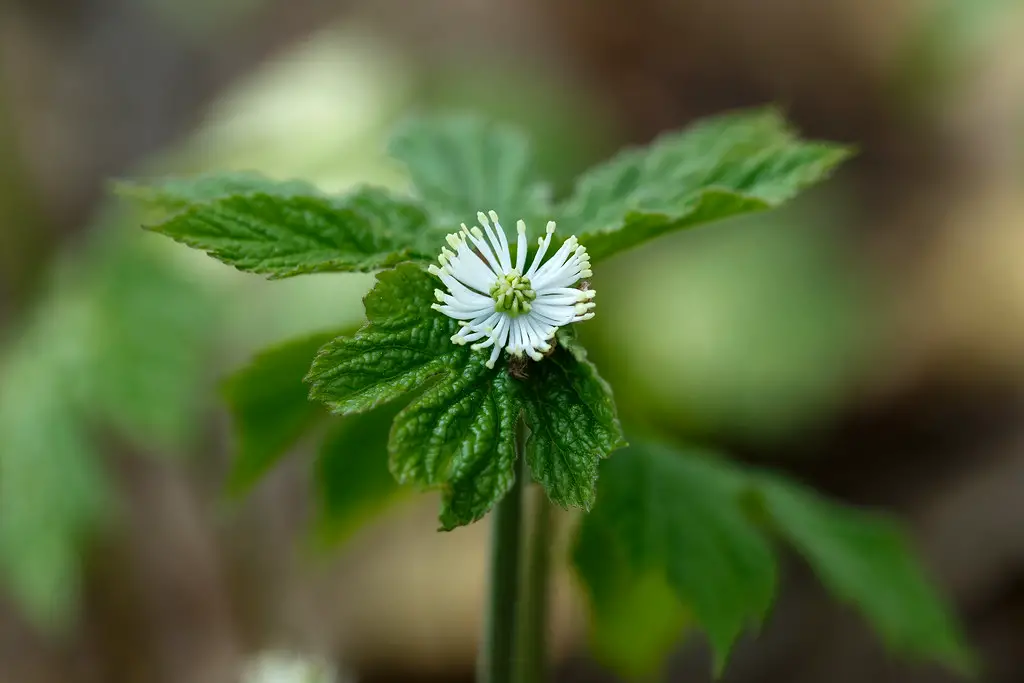For centuries, families across different cultures relied on herbal remedies to treat common ailments before the rise of modern medicine. These natural treatments were passed down through generations, deeply embedded in the traditions of African, Indigenous, Asian, and Latin American households. While many of these remedies have faded from mainstream use, their effectiveness and historical significance remain undeniable. Here are five forgotten herbal remedies that once played a vital role in multicultural homes.
1. Bitter Melon – The Blood Sugar Regulator

Bitter melon, also known as karela or cerasee, was a common remedy in Asian, Caribbean, and Latin American households for managing blood sugar levels. Traditionally consumed as a tea or juice, this intensely bitter fruit was believed to purify the blood, improve digestion, and regulate glucose levels, making it especially popular among those at risk for diabetes. In Indian Ayurvedic medicine and Traditional Chinese Medicine (TCM), it was frequently prescribed for its detoxifying and immune-boosting properties.
Despite its strong taste, bitter melon was often included in soups or stir-fried with spices to harness its health benefits in everyday meals. Grandparents swore by its ability to “cleanse the body” and keep chronic illnesses at bay. Though modern research has confirmed its effectiveness in lowering blood sugar, bitter melon has largely fallen out of regular use in Western households, overshadowed by pharmaceutical treatments.
2. Castor Oil – The Universal Healer

Castor oil was a staple in many Black, Caribbean, and South Asian households, used for everything from digestive health to hair growth. Mothers and grandmothers often administered a spoonful to children as a natural laxative, believing it would “clean out the system” and promote overall health. The oil, derived from the castor bean plant, also had antimicrobial properties, making it a go-to remedy for skin infections, minor wounds, and inflammation.
Beyond internal use, castor oil was massaged onto sore joints to ease arthritis pain and used as a scalp treatment to promote thicker, healthier hair. In many African and Caribbean traditions, it was even mixed with herbs and essential oils for a spiritual cleanse or protection ritual. Though it’s less common in modern medicine, castor oil remains a powerful, all-natural remedy that continues to be rediscovered by holistic health enthusiasts.
3. Mullein Tea – The Lung Protector

Mullein, a flowering herb with soft, fuzzy leaves, was once widely used in Indigenous, Appalachian, and African American homes as a respiratory remedy. Families brewed mullein tea to treat colds, asthma, bronchitis, and other lung ailments, believing it helped to clear mucus and soothe irritated airways. The herb’s natural anti-inflammatory and antibacterial properties made it an effective treatment for chronic coughs and congestion.
In some traditions, dried mullein leaves were smoked or burned as an herbal inhalant to help clear blocked sinuses. Additionally, the flowers were infused into oil to treat ear infections in children. While over-the-counter cough syrups have largely replaced this remedy, mullein tea is still a gentle, natural option for those looking to support lung health without synthetic ingredients.
4. Bay Leaf – The Digestive Soother

Bay leaves were more than just a cooking staple in Mediterranean, African, and Caribbean kitchens—they were a trusted home remedy for digestive issues. Families steeped bay leaves in hot water to create a soothing tea that helped with bloating, indigestion, and gas. Some cultures even placed bay leaves under pillows to promote relaxation and restful sleep, believing in the herb’s natural calming properties.
In holistic traditions, bay leaves were also burned as a natural air purifier and stress reliever. The aromatic smoke was said to cleanse negative energy from the home, a practice still found in some spiritual traditions today. While bay leaves are still commonly used in cooking, their medicinal and spiritual applications have faded, despite their effectiveness in supporting digestive and emotional well-being.
5. Goldenseal – The Natural Antibiotic

Goldenseal, a potent herb with bright yellow roots, was once a household staple in Indigenous and African American medicine cabinets. It was used as a natural antibiotic, treating everything from infections to digestive issues. Families brewed goldenseal tea to help fight colds, flu, and sore throats, while the powdered root was applied to wounds to prevent infection.
The herb’s strong antibacterial and antiviral properties made it a go-to remedy before the widespread availability of prescription antibiotics. Some even used it as an eye wash for conjunctivitis or a mouth rinse for gum infections. However, due to overharvesting and pharmaceutical advancements, goldenseal has become less common in everyday use. Today, it remains a powerful but underappreciated herbal remedy that deserves a resurgence in holistic health circles.
